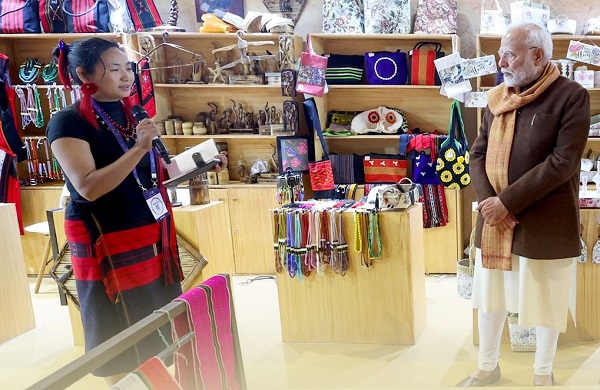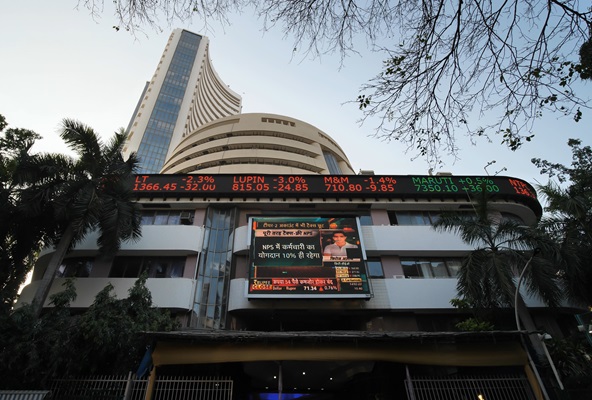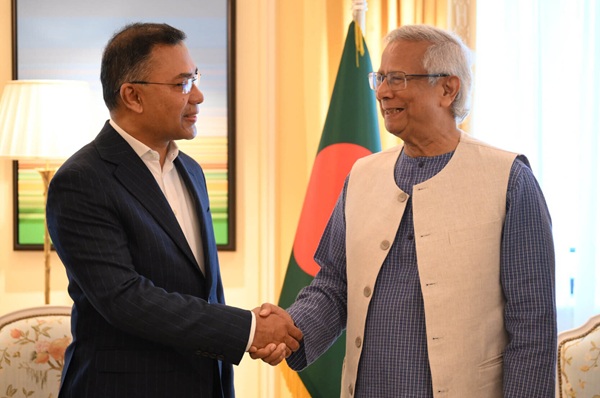.png)
PM Modi Links Swadeshi Push to GST Reforms, Income Tax Relief; Calls for Atmanirbhar Bharat
Modi’s fiscal reforms and swadeshi call mark a turning point in India’s economic strategy. By linking GST 2.0, income tax relief, and Atmanirbhar Bharat, the Prime Minister set household savings and domestic consumption as the levers for sustained growth.

September 21, 2025 at 1:30 PM IST
Prime Minister Narendra Modi, addressing the nation, urged Indians to embrace “Garv Se Kaho Ye Swadeshi Hai” and prioritise Made-in-India products. Framing his call for Atmanirbhar Bharat alongside tax reforms, Modi launched what he described as a “GST Bachat Utsav,” or savings festival. He underlined that GST 2.0 reforms combined with income tax cuts would expand household savings, boost consumption, and strengthen domestic manufacturing.
Bachat Utsav for Households
Beginning 22 September, the country entered what Modi called “next-generation GST reforms.” These changes, he said, would directly lower prices of everyday goods, simplify compliance, and make investments more attractive.
Modi emphasised that this structural overhaul marks the next step in India’s tax reform journey since 2017, when GST replaced a maze of levies such as octroi, excise, and VAT. He recalled the inefficiency of the pre-GST era, citing a case where goods took longer to move from Bengaluru to Hyderabad than to Europe due to tax checkpoints.
The Prime Minister framed GST 2.0 as not just a tax change but a consumer savings programme—a “Bachat Utsav” expected to generate over ₹2.5 trillion in annual household savings, with benefits flowing to the poor, middle class, youth, farmers, and entrepreneurs alike.
Complementing GST cuts, the government’s recent decision to raise the income tax exemption threshold to ₹1.2 million is aimed squarely at India’s growing middle and neo-middle class. According to Modi, this class—emerging from the 250 million people lifted out of poverty in the last 11 years—now drives consumption and aspires to improved living standards.
The double benefit of lower direct taxes and cheaper consumer goods is designed to free up disposable income, accelerating purchases of items ranging from homes and vehicles to televisions and refrigerators. Early signs, Modi said, suggest shopkeepers are already passing on GST savings, with price-comparison boards prominently displayed across markets.
Swadeshi Push
Modi’s swadeshi appeal also carries a strategic dimension. With the Trump administration imposing tariffs of up to 50% on Indian goods, India’s export competitiveness faces headwinds. Domestic demand, accounting for nearly 60% of GDP, is being positioned as a stabiliser.
By urging citizens to “buy swadeshi, sell swadeshi,” Modi is effectively redirecting consumption inward. This could particularly support MSMEs, which represent 30% of GDP and 45% of exports. Lower GST rates, he argued, will both reduce MSME tax burdens and expand their market reach, creating a “double advantage.”
The Prime Minister placed heavy responsibility on MSMEs, small-scale industries, and cottage enterprises to reclaim India’s historic manufacturing prestige. He emphasised that Indian products must not only replace imports domestically but also set global benchmarks for quality, restoring India’s reputation as a hub of excellence.
“Whatever meets the needs of our people and can be made in India, must be manufactured in India,” Modi said, calling on states to actively support MSMEs with investment-friendly environments.
The twin steps of GST 2.0 and income tax relief, tied to a reinvigorated swadeshi agenda, signal a pivotal shift in economic policymaking. By connecting household prosperity with national self-reliance, the government has placed citizens at the centre of its growth narrative, making consumption itself a tool of resilience.



